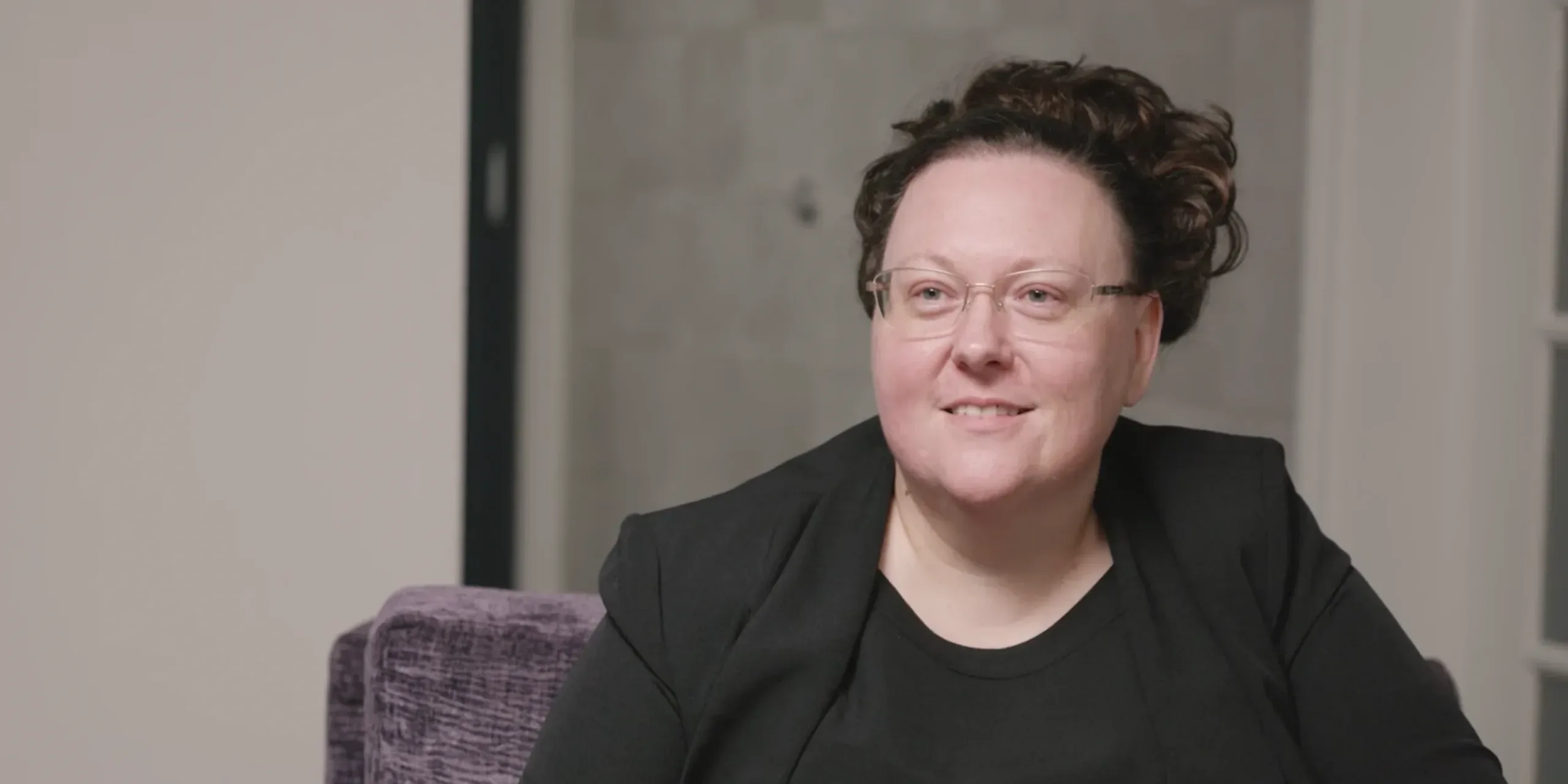Do you dream of a day when a provider and a payer are partners and not adversaries – a day when payers complement the provider’s work at the beside instead of competing?
“I dream of that day,” said Angie Frame, Director of Medicare Health Services and the Regional Chief Nursing Officer for Humana, Gulf Division. “But dreaming of that day isn’t enough.”
So, she is rolling up her sleeves and working to make things better.
In Angie’s opinion, the working relationship between payers and providers is symbiotic – while the payer’s goal is to offer personalized care from people who care, this is also the provider’s goal. And it takes partnerships between these two groups to make these happen, to deliver the right care to the right patient in the right setting at the right time.
It all starts with a shift in perspective.
“We see ourselves as the integrator,” said Angie. “But our provider partners don’t always see us as integrator, so we want to be that partner.”
While acknowledging that not all capabilities and services are best owned and operated by the payer, internally, Humana looked for technology solutions to improve provider relations. That’s where Xsolis came in.
In addition to dealing with common industry challenges felt across the industry – more patients who are sicker with more chronic illnesses, how to offset workforce shortages with technology, plus too much variability with manual processes and different platforms – Humana discovered Xsolis because they were about to lose EMR access with one of their providers who was undergoing an EMR conversion.
Humana worked collaboratively with that provider and Xsolis to use the CORTEX platform, now known as Dragonfly for clinical data sharing and realize four main goals:
- They were able to facilitate communication through a secure portal.
- They were able to improve efficiency and workflows.
- They were able to reduce the number of touches on an authorization to get the right decision on the first time, or with fewer touches, reducing duplicative work.
- They were able to make utilization management by exception a reality by sharing this framework.
How does the technology work? It analyzes all the data, “throws it in, swirls it around with a secret sauce, and then it spits out a number,” Angie summarized. “And I don’t understand all of the things in the secret sauce, but I’ve learned over five years that I can trust it. The numbers are right, and it works.”
She’s referring to the Care Level Score, or CLS, which ranges from 0 to 157 and is automatically generated to represent a patient’s appropriate status. Lower scores indicate more likelihood of an outpatient with observation status, while higher scores indicate more likelihood of inpatient status. Audits conducted by Humana have confirmed the accuracy of the scores, which according to Angie has allowed them to “redeploy our energy to where it really matters.”
They have reduced unnecessary work by 40%.
So it’s the remaining 60%, or more problematic cases, that are tricky. And Humana was having to disrupt their physicians and care providers at the bedside to have a conversation about what level of care to put a patient in.
“Is that really where we need our essential healthcare clinicians such as physicians and nurses when we have such a shortage of them?” asked Angie. “I don’t think so.”
What does it mean if payers and providers are both working in Dragonfly? Angie expands on their gains that are shared benefits across provider partners as well:
- Reduction in administrative burden
- Reduction in clinic overhead
- Ability to redeploy resources to do other important clinical work
- More first-touch determinations
- Shared, real-time access, enables “both sides to get the information they need and move on”
- Improved status alignment
How much faster are they able to make decisions on cases? 38% quicker, according to a recent Humana time study, when using Dragonfly versus the fax. And it jumps to 83% faster when Dragonfly use is paired with Precision UM automation capabilities, which Angie describes as “the crown jewel” and “where you’ll see your life make a complete improvement.”
While Humana began with a regional approach to transform its utilization management processes, Angie says the proof is in the pudding. Humana is expanding its use of Precision UM capabilities as well as their geographical reach of where Xsolis solutions are being deployed.
“For so long, we’ve been at odds, payers and providers, where we want to come armed on both sides of the desk and fight and argue,” said Angie.
“But I hear from our provider partners all the time, thank you, thank you, thank you. It makes me happy and goes back to my dream about a better way of working together and that we can achieve this. We really can achieve this.”
